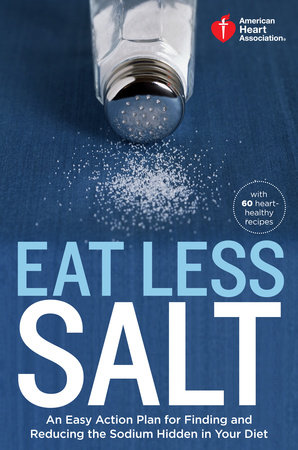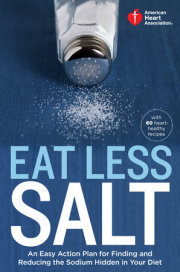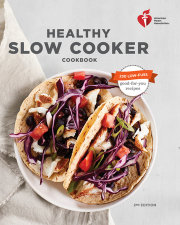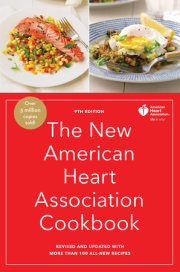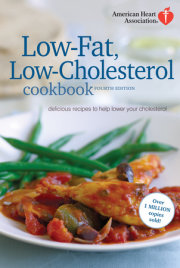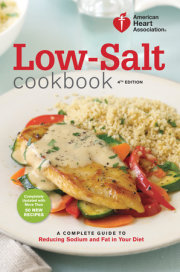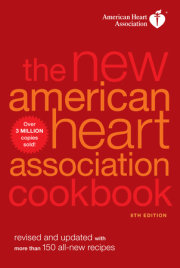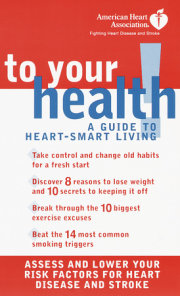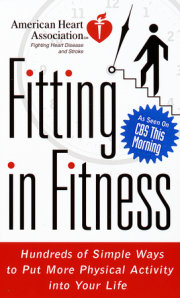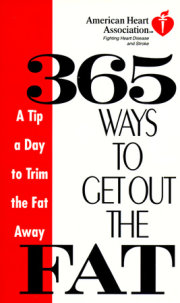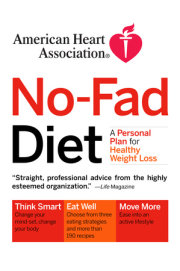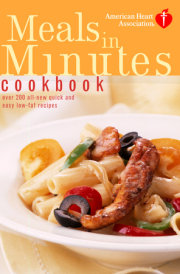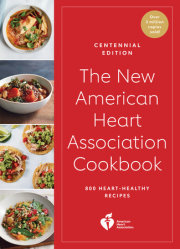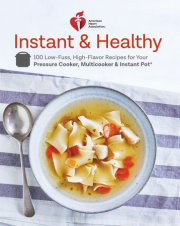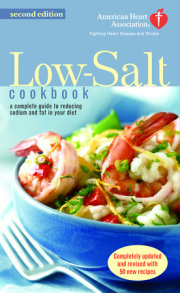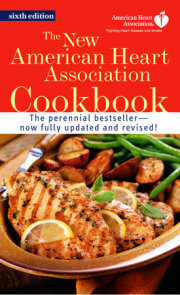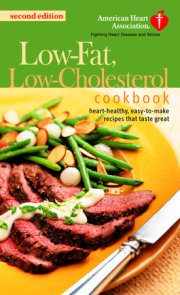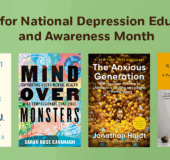Top 10 Sources of Sodium
1. Breads and rolls
2. Cold cuts and cured meats, such as deli or packaged ham and turkey
3. Pizza
4. Fresh and processed chicken and turkey
5. Soups
6. Sandwiches, including burgers
7. Cheese
8. Pasta dishes with sauce
9. Mixed meat dishes, such as meat loaf with sauce
10. Snacks, such as chips, pretzels, and popcorn
Sodium Smarts: Our recipe for corn bread dressing contains about half the sodium
of dressing prepared from a packaged mix. Using this homemade corn bread and
low-sodium broth helps keep the sodium down.
Corn Bread DressingToo much liquid can make corn bread dressing heavy and gummy, but this recipe has the perfect texture. That’s because it calls for adding dried whole-wheat bread and baking the dressing uncovered. Both help the dressing absorb the broth, resulting in a light, flavorful side dish. If you prefer, you can also just enjoy the corn bread on its own.
Serves 8; 1/2 cup per serving
Cooking spray
4 cups crumbled corn bread (recipe follows)
2 slices whole-wheat bread (lowest sodium available), dried and crumbled (about 1 1/2 cups)
1 tablespoon olive or canola oil
1/2 cup finely chopped onion
1 medium rib of celery, sliced crosswise
2 medium garlic cloves, minced
1/4 cup snipped fresh parsley
1. teaspoons dried summer savory, crumbled
1 teaspoon dried thyme, crumbled
1/2 teaspoon pepper
1 cup fat-free, low-sodium chicken broth
1. Preheat the oven to 375°F. Lightly spray a 2-quart glass casserole dish with cooking spray. Set aside.
2. In a large bowl, stir together the corn bread and whole-wheat bread. Set aside.
3. In a large skillet, heat the oil over medium heat, swirling to coat the bottom. Cook the onion, celery, and garlic for 6 to 8 minutes, or until the celery is soft, stirring occasionally.
4. Stir in the remaining ingredients except the broth. Stir into the corn bread mixture. Pour in the broth, stirring until all the dressing is moistened. Transfer to the casserole dish.
5. Bake for 20 to 25 minutes, or until heated through.
Corn Breadserves 12; 1 square per serving
Cooking spray
1 cup all-purpose flour
3/4 cup yellow or white cornmeal
2 teaspoons baking powder
1 cup fat-free milk
1 large egg
1 tablespoon canola or corn oil
1 tablespoon light tub margarine, melted
1. Preheat the oven to 425°F. Lightly spray an 8-inch square baking pan with cooking spray. Set aside.
2. In a large bowl, stir together the flour, cornmeal, and baking powder.
3. In a small bowl, whisk together the remaining ingredients. Pour all at once into the flour mixture, stirring until the batter is just moistened but no flour is visible. Don’t overmix; the batter should be slightly lumpy. Pour into the pan.
4. Bake for 20 to 25 minutes, or until a wooden toothpick inserted in the center comes out clean. Turn out onto a cooling rack. Let cool.
Copyright © 2013 by American Heart Association. All rights reserved. No part of this excerpt may be reproduced or reprinted without permission in writing from the publisher.

